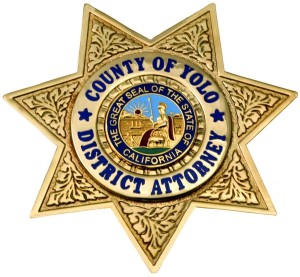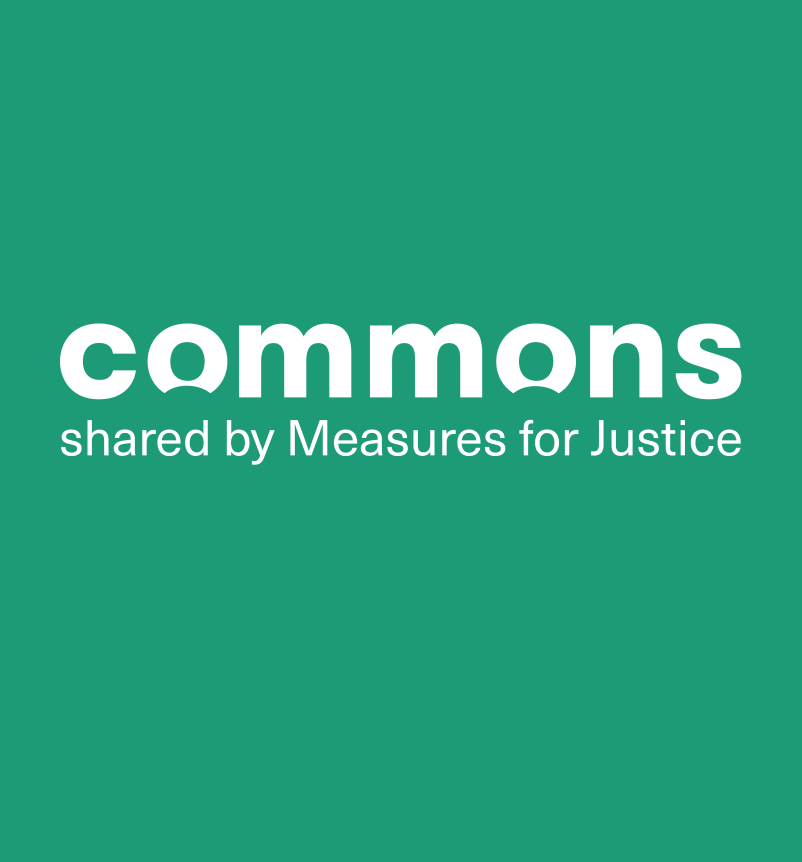What is Restorative Justice?
Traditionally, western legal systems focus on answering three questions: what laws have been broken, who did it, and how should he or she be punished (Zehr, 2002). Attorneys, judges, and juries execute this process, devoting substantial attention to the offender’s rights and ensuring that those rights have not been and are not violated. This system casts the State, represented by the prosecution, as its primary victim, instead of the individual directly affected or the community in which the act was committed (Zehr, 1997). The direct victim is rarely included in the proceedings in a way where they can confront the offender and tell them how he or she has been affected by the offender’s actions. In fact, the offender is permitted to question the victim in court; this often leads to further traumatization and victimization. At the end of the process, the offender is sentenced by a judge, who follows the mandates of the law; however, a sentence doesn’t always meet all of the social, physical or psychological needs of the offender.
Restorative justice, on the other hand, shifts the focus to: the harms created by the offense, how to restore the victim, community and the offender, and steps that can be taken by the offender to make things right; these steps are intended to be specific, measurable, attainable, reasonable, respectful, timely and restorative, rather than shaming and punitive. First, offenders must take responsibility for their actions; the offender must voluntarily agree to be involved in the restorative justice process. The process is designed this way so that rather than being scolded the offender is educated about the impact of their actions; the process is not about trying to prove whether the individual is guilty or innocent of the offense, but rather it is about how to restore the offender, victim, and community (Zehr, 2002). Members of the community, where the offense took place, listen to the offender tell their story and address the harms created by the offense.
There are many different models for how these restorative justices practices are put into action. The most common forms used are: Victim Offender Conferences, where a trained facilitator leads the victim and offender in a discussion, Family Group Conferences, which include people close to the offender, members of the community, and individuals close to the victim, and Circles, where participants and stakeholders of various backgrounds meet together and take turns in addressing a case. In all of these models victims are allowed to meet the offender face-to-face, tell the offender how they have been affected and what they need from the offender to makes things right. Victim participation is also entirely voluntary. This process not only helps the victim heal but also reinforces for the offender that their actions have consequences; it concludes with a mutual agreement that is to be fulfilled by the offender. These agreements are able to be individually tailored to the needs of each offender and case.
Systems implementing these restorative justice principles have ushered in numerous successes. Offenders who choose to go through programs based on restorative justice have lower recidivism rates compared to those who go through the traditional criminal justice system (Umbreit et al., 2006; Umbreit et al., 2001; Wade et al., (2004)). Cases in restorative justice programs are also resolved faster and these programs can handle cases for a much lower cost than the traditional system (Umbreit et al., 2006; Umbreit et al., 2001). Both offenders and victims report high satisfaction with restorative justice programs after completing them (Umbreit et al., 2006; Umbreit et al., 2001). That said, restorative justice is a living and growing process; it is being adopted and developed by many communities worldwide. There is a great demand for research to be done to fully understand how these programs affect the individuals who go through them and the communities where they are implemented.
Restorative Justice in Our Community
The restorative justice movement began in the 1970’s and 80’s in communities across the United States and Canada. (Zehr 2002). The ideals of restorative justice first took hold in Mennonite and tribal communities; it was in these communities where restorative justice practices were first implemented and refined. One of the pioneers of the restorative justice movement, Howard Zehr, is a member of the Mennonite community. In New Zealand, the entire juvenile system was reworked to incorporate the principles of restorative justice, instead of the traditional criminal justice system (Zehr 2002). Police officers in Australia built off of the model implemented in New Zealand to better implement restorative justice efforts in their own communities (Zehr 2002). In 2011 and 2014, when AB 109 and Proposition 47 passed in California those in the criminal justice community were tasked with finding innovative, viable alternatives to the traditional criminal justice. Restorative justice became an attractive approach for dealing with certain crimes and their effects on the communities within California.
Yolo County was the second county in California to implement a Neighborhood Court program based on restorative justice principles, with San Francisco County being the first. Like in New Zealand, most restorative justice efforts have been aimed towards juvenile offenders, or some mixture of juveniles and adults. However, unlike the majority of other restorative justice programs, the Neighborhood Court program deals exclusively with adult offenders. Also, unlike many restorative justice programs, Neighborhood Court is supervised by the District Attorney’s Office, instead of being solely a community effort. This strengthens the Neighborhood Court program since the program is able to be uniformly applied across multiple cities within the county. When offenders are contacted by law enforcement they are informed that they may be eligible for Neighborhood Court. The offender then decides whether or not they would like to take part in the program or go through the traditional criminal justice system. In order to take part, offenders must take responsibility for the offense, as the restorative justice framework suggests. A Deputy District Attorney then reviews the case and decides whether the offender and the case are appropriate for the program. If there is a direct victim in the case, the victim must approve of the case going through Neighborhood Court as well. The victim is also given the choice to be an active part of the process. Victims in Neighborhood Court are able to decide to what extent they would like to be involved with the process and a Victim Advocate is available for victims at every stage of the process. A conference, led by a trained facilitator, is then held with the offender, members of the community, and the victim if he or she chooses to participate. The members of the community are residents of the city in which the crime occurred and have lived there for a minimum of three years. This is to ensure that the individuals in these conferences are truly stakeholders in their respective communities.
Neighborhood Court was implemented in Davis in 2013 as a pilot program. After a year and half there was a completion rate of 96% for misdemeanor agreements in Neighborhood Court, compared to a completion rate of 59% for misdemeanor sentences from a countywide post-charging diversion program. Moreover, when victims chose to actively participate in the process the completion rate for offenders’ sentences rose to 100%. Additionally, 90% of victims reported satisfaction with the program after going through it; victims expressed satisfaction in being able to tell their story not only to the community but to the offender1.
A year and a half after the program was implemented in Davis, Neighborhood Court applied for and was awarded a federal grant in order to obtain the resources necessary to expand the program and better serve the entire community of Yolo County. Since receiving the grant the program has expanded into Woodland and West Sacramento and is still operating in Davis. The District Attorney’s Office was also able to hire three full time staff members: a legal process clerk, a paralegal and a social worker to assist with Neighborhood Court. The homeless population is the next segment of the county that Neighborhood Court will seek to serve. This is a crucial part of the community to target; grassroots methods will be applied. The homeless are generally more wary of the traditional court system and therefore do not take care of pending charges against them unless they are forced to (Kerry et al., 2001). In addition to helping homeless individuals with legal troubles, restorative practices have the potential to help those individuals get the resources and assistance they need. The Yolo County Neighborhood Court program shall continue to grow and promote restorative justice for a better community.
1These figures are taken from the Yolo County District Attorney’s Office’s grant proposal for the Edward Byrne Memorial Justice Assistance Grant (JAG) submitted to the Board of State and Community Corrections
References
Kerry, N. & Pennell, S. (2001). San Diego Homeless Court Program: A Process and Impact Evaluation.
San Diego, CA: Association of Governments.
Umbreit, M. S., Vos, B. & Coates, R. B. (2006). Restorative Justice Dialogue: Evidence-Based Practice.
Center for Restorative Justice & Peacemaking.
Umbreit, M. S., Coates, R. B., & Vos, B. (2001). The Impact of Victim-Offender Mediation: Two Decades of Research.
Federal Probation, 65(3), N.PAG.
Wade, K., Swenson, D., Miller, D., & Sager, S. (2004). Restorative Justice, Milwaukee and Outagamie Counties: An Evaluation.
Madison, WI: State of Wisconsin, Legislative Audit Bureau.
Zehr, H. (2002). The little book of restorative justice. Intercourse, PA: Good Books.
Zehr, H. (1997).


